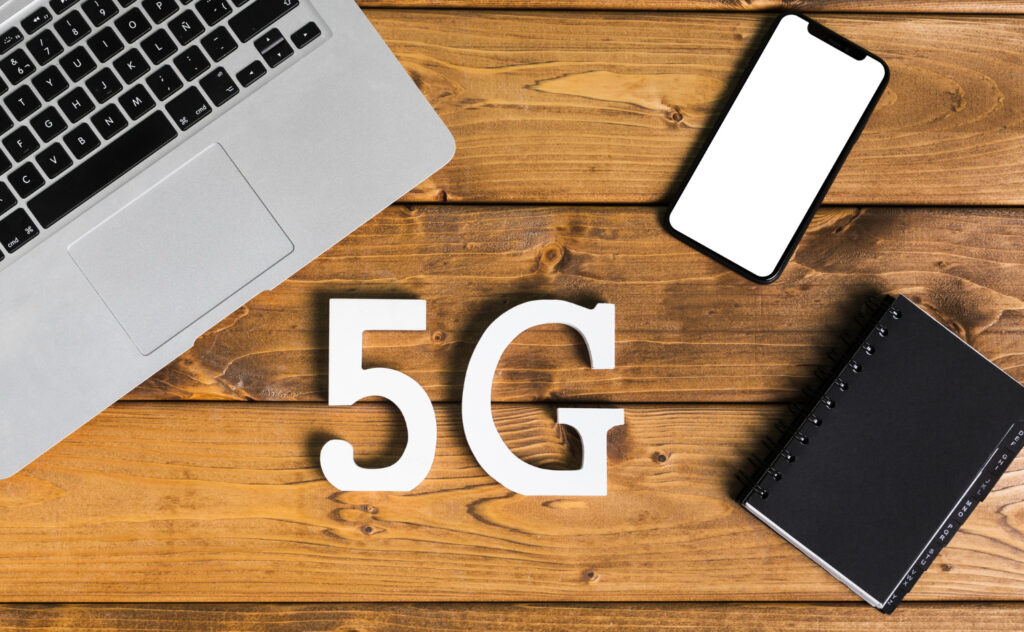While most businesses are employing AI in their operations, multi-billion dollar mobile phone networks would not wait too long to embrace it. Big players in mobile industries like Vodafone, O2, EE, and Three are now more focused on how to use AI tools to optimize user experiences. To improve the user experiences, AI can monitor network-related metrics like jitter, latency, or packet loss from the perspective of end users.
AI For Telco Perspective
Mobile phone manufacturers Samsung, Apple, and Google are incorporating AI into their products. While Samsung has Galaxy AI in their products, Apple announced they will add AI in their handsets called Apple Intelligence. Google already introduced Gemini AI in their Pixel mobile phones. So it is obvious that a phone capable of doing things with AI will use more resources in the mobile phone networks hence more probability to go things wrong! Therefore AI will play a vital role in making mobile phone networks more robust to handle increasing demand.
The power consumption by the base station across the mobile network could be dynamically adjusted based on the traffic with AI. This reduces the operational cost and reduced the environmental impact. It will make the network more greener. AI can predict and analyze the low-usage period so can adjust network resources to ensure efficient use of energy.

To improve the latency and improving network performance, AI can use Edge Computing which can process the data closer to where it was originally generated for real-time applications like the Internet of Things (IoT) and Autonomous Vehicle.
How to Cope with Growing Demand of Data
The increase in AI means phones will do more computing by using and producing more data which creates more pressure on mobile phone networks mentioned earlier. Plenty of research is going on this issue of how to cope with this strain. These sorts of changes are not restrained to just only a few parts of the world, they are global.
AI in mobile Phone network:
- Use the radio frequency dynamically
- Provide the highest level of service in times of strain
- Manage cell towers efficiently
- Make sure to use less energy while demand is low
- Fix the network issues with the minimum amount of time
In the US, AT&T uses predictive AI algorithms in the networks to warn about any issue before things go wrong. Another operator, Vodafone uses AI Digital Twins (Digital Tools) which replicates the real-world tools (antenna or masts) virtually to monitor the network performance. In massive data centers, it is necessary to keep the environment cool for the smooth operations of the services and this is where AI is also used to optimize the network storage capacity. The stream of data is increasing enormously from the mobile users because of using AI by mobile users and to cope with this exponential demand, mobile operators are investing in the Standalone 5G mobile network infrastructures. 5G incorporating AI will be much more efficient and intelligent in enhancing user experiences as compared to 4G mobile networks. Some experts in this area think that even 5G with AI would not be sufficient to cope with in future AI era and we have to wait till 2028 for the rollout of the 6G mobile networks.

Improve Customers Experiences
AI expects to improve user experiences radically by sorting out the outage of the network quickly. It will change the way to interact with the end users to provide quality service. AI will reduce the Mobile operators’ reputational damages by employing more automation in finding service faults quickly and efficiently.
Global Telco AI Alliance, spreading across 50 countries with 1.3 billion customers, has set its goal to develop a Chatbot with AI to provide tailored and customized service to the end users. The main goal of developing this kind of Chatbot is to answer the basic queries from the customers while making room for the call center personnel to focus on more complex tasks efficiently. For example, Vodafone teamed up with Microsoft Azure OpenAI Service to provide better service to customers with its digital assistant named Tobi. The results are below:
- Doubling up customer served with AI
- Reduced tedious repetitive work for Customer Agents
- Reduced the number of follow-up Phone Calls
- Save time, make more profit and bring a reputation
However, there is some controversy on this topic that incorporating AI in mobile phone networks will make more people jobless. But others are still optimistic that it will empower the telco industries in the lower-income countries. Integration of AI in mobile networks will bring multiple benefits from operational efficiency, network performance, and improving network security to customer experiences. Telco operators will make sure of a better quality of service (QoS) with reduced cost, generating more revenue and more innovation in mobile networks by leveraging the power of AI. In the future, AI will empower the next generation of mobile phone networks to shift the paradigm in the new era.




